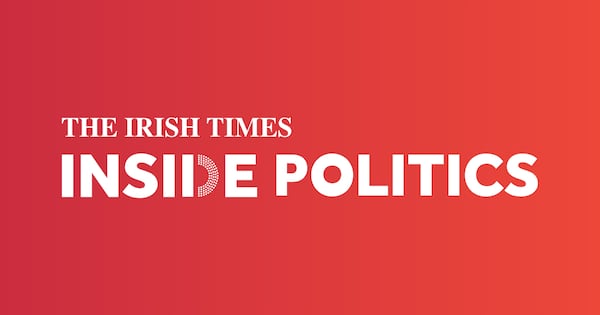Exchequer revenue could decline over the next four decades primarily due to a fall-off in corporation tax receipts according to a scenario set out in a new Government report being published on Tuesday.
More than 2,000 scenarios for Ireland’s long-term economic and fiscal outlook up to 2065, ranging from highly positive to very challenging, are included in the Future Forty report.
A central scenario points to exchequer revenue declining over forty years, with the main cause being a fall-off in corporation tax receipts.
While the economy would continue to grow, albeit at a slower rate as 2065 approaches, total exchequer revenue is projected in the central scenario to fall from 34.5 per cent of modified gross national income (GNI*) in 2025 to 31.6 per cent by 2065.
READ MORE
This would generate increasing annual fiscal deficits.
GNI* is the Central Statistic Office’s bespoke measure of national income, designed to weed out the distortionary effects of multinationals.
On a “no policy change” basis, the annual deficit would remain below 3 per cent of GNI* and economic growth would stay above 1 per cent with the Gross National Debt remaining at less than 50 per cent of GNI* up to 2037.
However, the deficit would continue to increase in subsequent years while economic growth falls towards 0.6 per cent between 2055 and 2065 and the national debt could reach 148 per cent of GNI*.
[ State could gain €34bn in corporation tax next year, says DonohoeOpens in new window ]
According to a source, although such projections are “stark” they are “consistent with the long-term trajectory across many advanced economies” and comparisons with international peers show that under the central scenario, Ireland’s projected debt levels remain lower than those of New Zealand, the United Kingdom, France, Finland, the United States and Germany.
The central scenario offers one potential outcome.
Overall, the Future Forty report assesses 2,187 scenarios and no likelihood is attributed to any outcome.
Under different scenarios, Ireland’s 2065 population ranges between 5.9 million and 7.9 million, depending on net migration and fertility rates.
In an opinion piece to be published in The Irish Times, Minister for Finance Paschal Donohoe will set out how the Future Forty report focuses on seven key policy areas; climate change and the green transition, deglobalisation, demographics, digitalisation, EU enlargement, health and housing.
He will write that the central scenario “envisages an economy that continues to expand, albeit at a much slower pace than in the past” and “coupled with rising costs for public services due to an ageing population, this puts significant pressures on the public finances in the future”.
[ Donohoe warns of tax vulnerability after steep drop in August receiptsOpens in new window ]
Mr Donohoe also will indicate a need for “continued skilled inward migration” to augment Ireland’s workforce.
He is set to outline how in 2025, there are 116 people in the labour market in Ireland for every 100 not working and by 2065, that figure will amount to 98 for every 100 not working.
“That all adds up to a more expensive future and greater pressure to make ends meet.
Mr Donohoe said: “What is certain, however, is that, as I have said previously, continued skilled inward migration will be vital to maintain growth in the labour force.
“Our openness will continue to be a great source of strength and a competitive advantage. We need to manage this well.”










